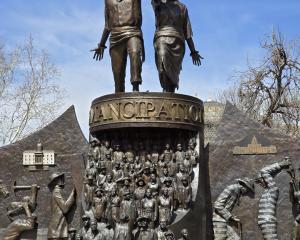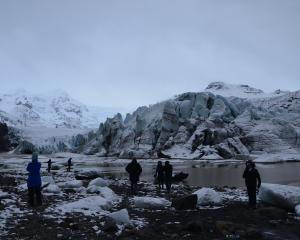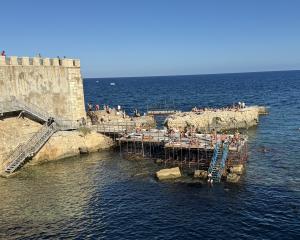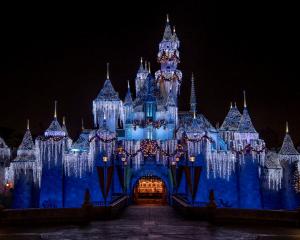The No 1 New Zealand General Hospital was established in the village of Brockenhurst, a few miles from Southampton, in 1916.
During World War 1, thousands of wounded and sick Allied soldiers, including some wounded on the Somme and at Passchendaele, were evacuated to the French city of Rouen, where there were field hospitals. Rouen was a major port on the River Seine and an important British military base at that time.
Some of these soldiers were evacuated by hospital ship to ports on the south coast of England.
Those who arrived at Southampton were transferred by train to Brockenhurst, and more than 20,000 patients were admitted to the field hospital there between 1916 and its closure in February 1919.
Of the burials at Brockenhurst, three were soldiers wounded on the Somme and two at Passchendaele.
Private Edward (Ted) W.H. Lawrence, of the 3rd Battalion Wellington Regiment, was wounded at Passchendaele on October 4, 1917, and died at Brockenhurst on November 6.
We cannot imagine what he must have endured during that last month of his life, or the grief of his family when they heard of the death of their only son and brother.
But in 1921 his parents made the long, arduous journey from Masterton, in the Wairarapa, to Brockenhurst to visit his grave, and a headstone on the grave commemorates that visit.
It reads:
In loving memory of
Our only son (Ted)
Who gave his life that the
world may be made better
November 6th, 1917, aged 22 years.
But his name is written in letters of
love in the hearts that he left at home.
To record the visit of his father,
mother to his grave May 13th, 1921,
from Masterton, New Zealand.
The New Zealand Memorial and Commonwealth War Graves Commission Cemetery in St Nicholas' Churchyard, Brockenhurst, is one of several British locations where an annual Anzac Day service takes place (at Brockenhurst usually on the Sunday nearest Anzac Day).
Information about all these services is available from the New Zealand High Commission in London.
- Joyce Sansom lives in Dunedin.












